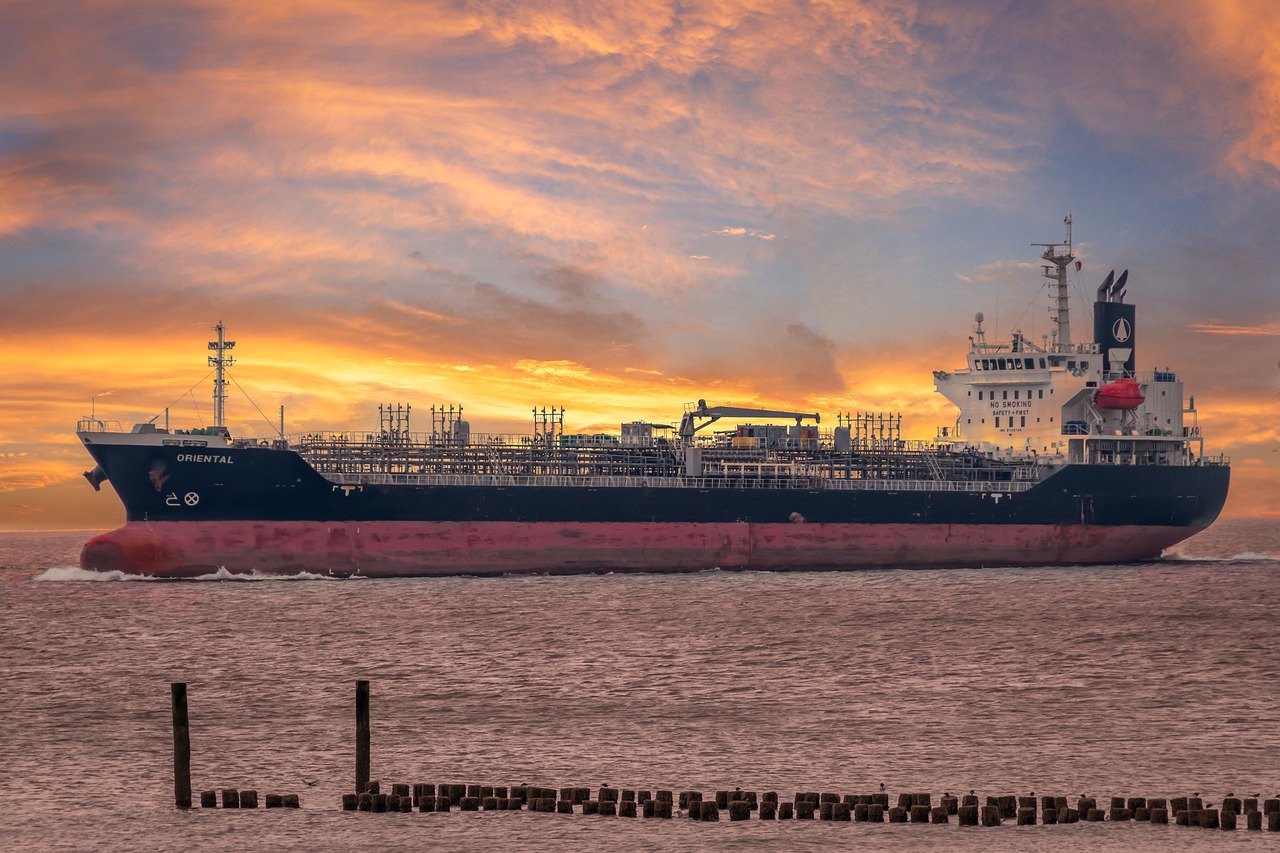The company achieved a transport volume of 3.3 million TEU and an average freight rate of 1,480 /TEU, both marking a 9% increase from Q1 2024, attributed to strong market demand.
Despite the positive first-quarter performance, Hapag-Lloyd CEO Rolf Habben Jansen maintains a cautious outlook. “We got 2025 off to a good start in the first quarter, but the market environment is currently characterized by many uncertainties,” he stated.
The company’s full-year 2025 forecast remains unchanged, with Group EBITDA expected to range between US $2.5 to $4 billion and Group EBIT between US $0 to $1.5 billion. This conservative outlook reflects ongoing challenges in the maritime sector, including volatile freight rates and significant geopolitical issues, particularly the tense situation in the Red Sea.
Meanwhile, Ocean Network Express (ONE) has released its financial results for FY2024 (Apr 1-Mar 31), reporting impressive figures with revenue of US $19.2 billion, representing a 32% increase year-over-year, and a net profit of US $4.2 billion.
However, ONE’s outlook for FY2025 reflects similar caution to Hapag-Lloyd’s stance. The company projects a baseline full-year profit after tax of approximately US $1.1 billion, assuming stable business conditions. In a more conservative scenario accounting for potential headwinds, including weakened cargo volumes and reduced freight rates, profit could drop to around US $250 million.
Recent industry trends show mixed signals. While ONE’s cargo movements from Asia to North America increased by 13.4% year-on-year in early 2025, driven by robust U.S. consumer spending, post-Lunar New Year activity has slowed. Similarly, Asia-Europe routes experienced a 20.2% increase in January but have since shown weakening demand.
Both companies report grappling with several industry-wide challenges that are impacting their operations and financial outlook. The ongoing geopolitical tensions in the Red Sea continue to force vessels to take longer routes around the Cape of Good Hope. Additionally, major ports across North America, Europe, and Asia are experiencing severe congestion due to a combination of adverse weather conditions, labor strikes, and workforce shortages. The industry is also contending with volatile freight rates and weakening cargo demand, particularly noticeable since the Lunar New Year in both Asia-Europe and Asia-North America routes.






